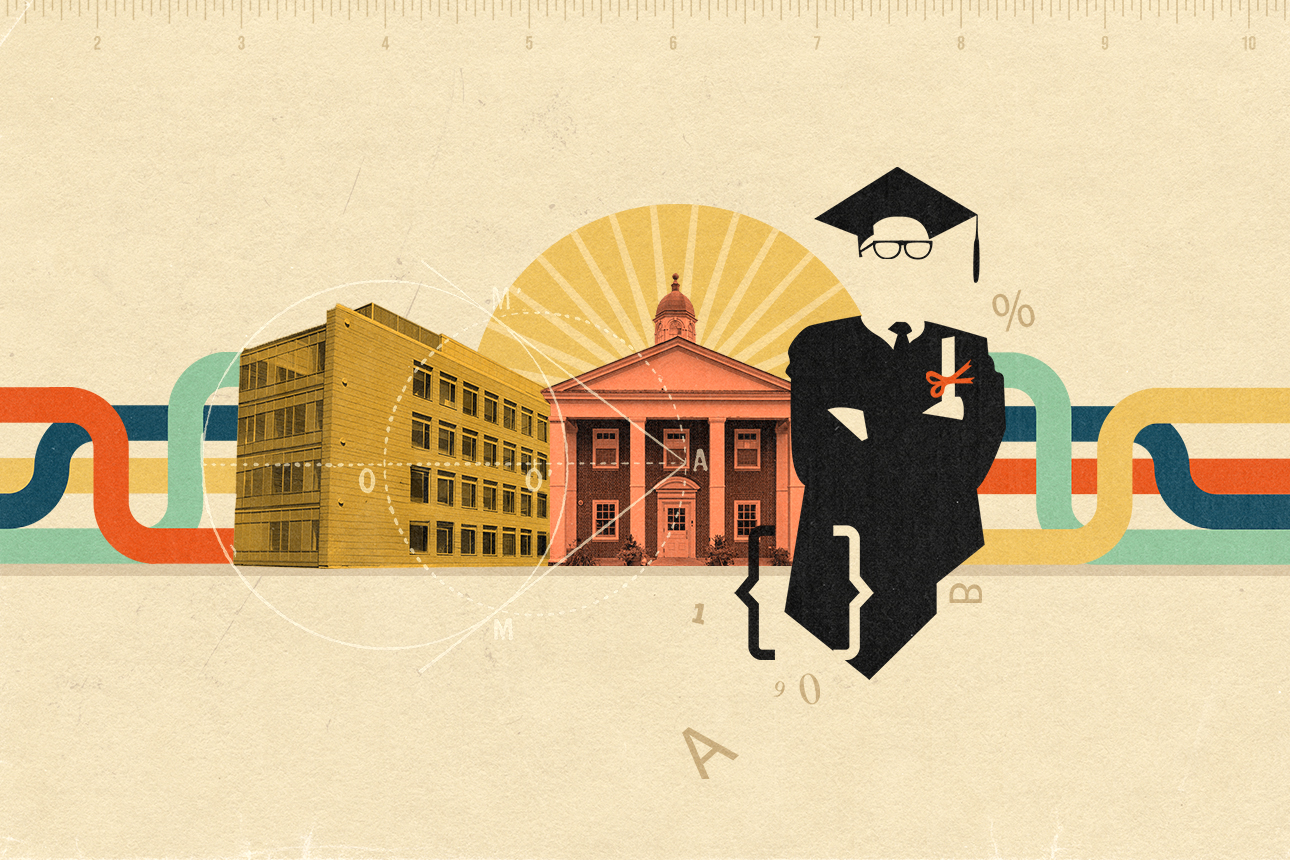Building the Neurodiversity Talent Pipeline for the Future of Work
Community colleges can be a key pipeline for hiring neurodivergent candidates in a tight labor market.

Carolyn Geason-Beissel/MIT SMR | Getty Images
During recent economic policy updates, Jerome Powell, chair of the U.S. Federal Reserve, announced that the American labor market is suffering from a structural labor shortage. Its origins are varied — demographic variables such as an aging population and early retirements, the tragic loss or persistent absence of many workers due to the COVID-19 pandemic, and a historic drop in immigration, among others — but the numbers are now too large to ignore. At the end of last year, there were approximately two job vacancies for every available worker, expanding the labor gap to around 10 million workers. Political economist Nicholas Eberstadt framed it this way: “Yes, the United States has a Depression-scale work problem.”
Meanwhile, an estimated 30% to 40% of neurodivergent adults are currently unemployed. Unemployment rates for college-educated autistic individuals might be as high as 85%. An estimated 50 million people in the United States and 15% to 20% of the global population fall under the neurodivergence umbrella today.
Email Updates on the Future of Work
Monthly research-based updates on what the future of work means for your workplace, teams, and culture.
Please enter a valid email address
Thank you for signing up
The neurodiversity paradigm advocates for a strengths-based approach to understanding, including, and valuing neurodivergent individuals with cognitive typologies such as autism, attention-deficit/hyperactivity disorder, dyslexia, dyscalculia, synesthesia, and dyspraxia, to name a few. Far too many neurodivergent people are falling through the cracks. This failure is not just a question of ethics. The paucity of successful and authentic neurodiversity-inclusive pathways in higher education, our workplaces, and our communities has tangible implications and hampers the success of organizations everywhere. With so many job openings unfilled and so many possible candidates unfulfilled, the theoretical win-win solution to these imbalances is certainly worth exploring.
Cognitive Diversity and the Workplace of Tomorrow
Harnessing the potential of neurodivergent individuals could help employers build a more future-ready workforce. Creativity, lateral (or nonlinear) thinking, reverse engineering to solve problems, complex visual-spatial skills, systems thinking, intuitive insights, hyperfocus, and multisensory pattern recognition — distinct areas in which neurodivergent candidates might excel — all stand to become increasingly important as artificial intelligence embeds itself into our daily lives.
Neurodivergent leaders already occupy top positions in every industry, including the military, though many are reluctant to disclose their status.
References
1. M. Stolte, V. Trindade-Pons, P. Vlaming, et al., “Characterizing Creative Thinking and Creative Achievements in Relation to Symptoms of Attention-Deficit/Hyperactivity Disorder and Autism Spectrum Disorder,” Frontiers in Psychiatry 13 (July 1, 2022): 1-15.
2. A.M. Roux, P.T. Shattuck, J.E. Rast, et al., “Characteristics of Two-Year College Students on the Autism Spectrum and Their Support Services Experiences,” Autism Research and Treatment (Nov. 15, 2015): 1-10.
